Tianbing Aerospace Technology’s Tianlong-3 rocket unexpectedly launched during a stationary engine test. The incident occurred on Sunday in Henan province, China.
A structural failure caused the rocket to separate from its launchpad. The Tianlong-3 crashed into a nearby mountain, creating a dramatic fireball. This accident highlights the challenges in rocket development and testing procedures.
Tianlong-3: China’s Answer to Falcon 9
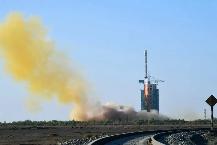
Tianbing designed the Tianlong-3 as a competitor to SpaceX’s Falcon 9. The Chinese rocket boasts a takeoff mass of 590 tons, comparable to Falcon 9’s 605 tons. Both rockets are designed for reusability, with Tianlong-3 estimated for up to 10 reflights.
The Tianlong-3 features nine engines, similar to the Falcon 9 configuration. This development represents China’s push to compete in the global commercial space industry.
Accidental Launch Captured on Video
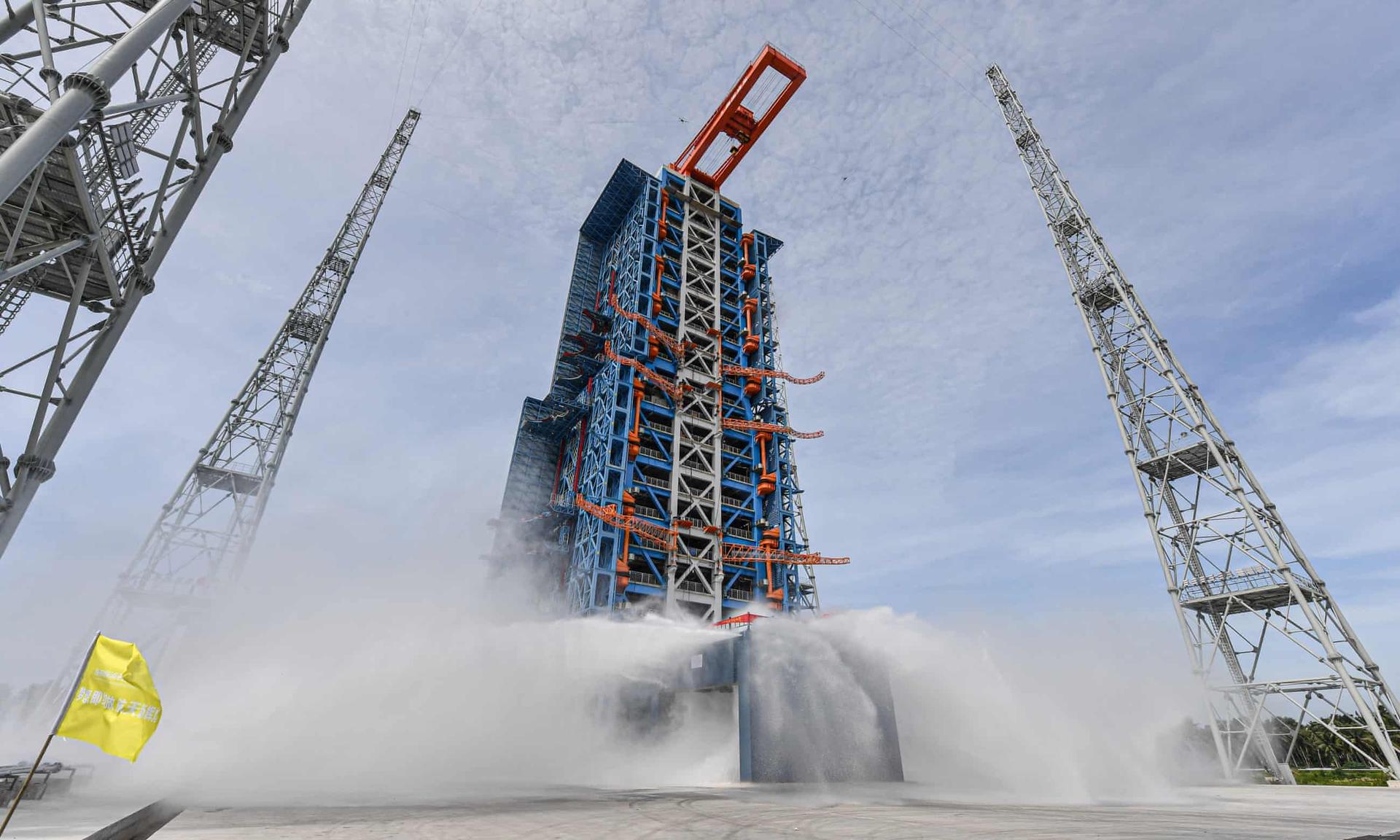
Residents of Gongyi city recorded videos of the unplanned launch. Footage shows the rocket ascending with a trail of black smoke. The Tianlong-3 then falls and explodes upon impact with the ground.
These videos quickly spread on Chinese social media platforms. The incident underscores the public interest in China’s space endeavors.
No Injuries Reported in Mountain Crash
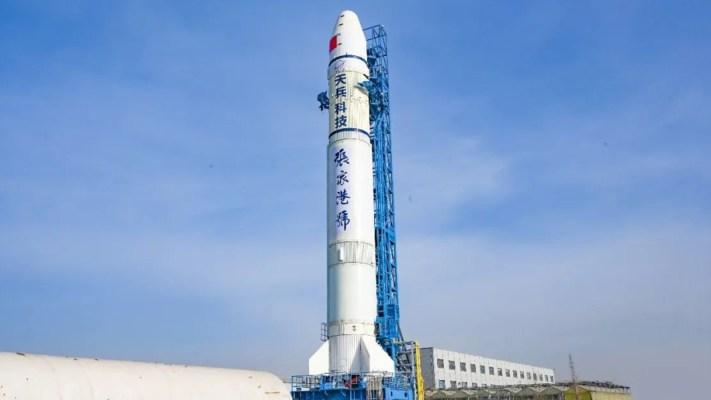
Local authorities confirmed that the explosion caused a fire in a non-residential area. They reported no injuries resulting from the incident. The rocket body disintegrated after striking the mountainside.
Emergency services responded promptly to contain the fire. This outcome emphasizes the importance of conducting rocket tests in remote locations.
Tianbing’s Role in China’s Space Industry
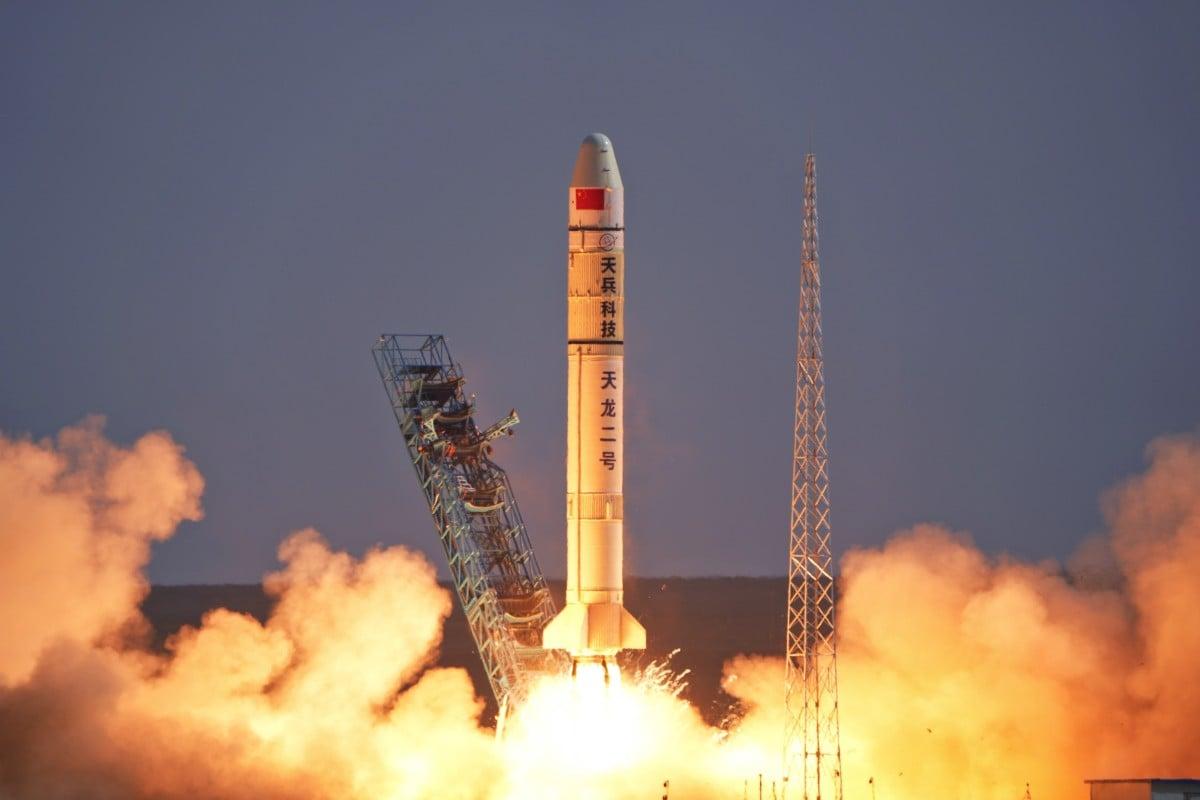
Tianbing Aerospace Technology is one of several private Chinese space companies. The firm previously launched the Tianlong-2 rocket in April 2023. Tianbing touts the Tianlong-3 as revolutionary for China’s space industry.
The company claims this test involved the most powerful rocket system currently under development in China. This incident reflects the growing competition among private space firms in China.
China’s Private Space Sector Growth
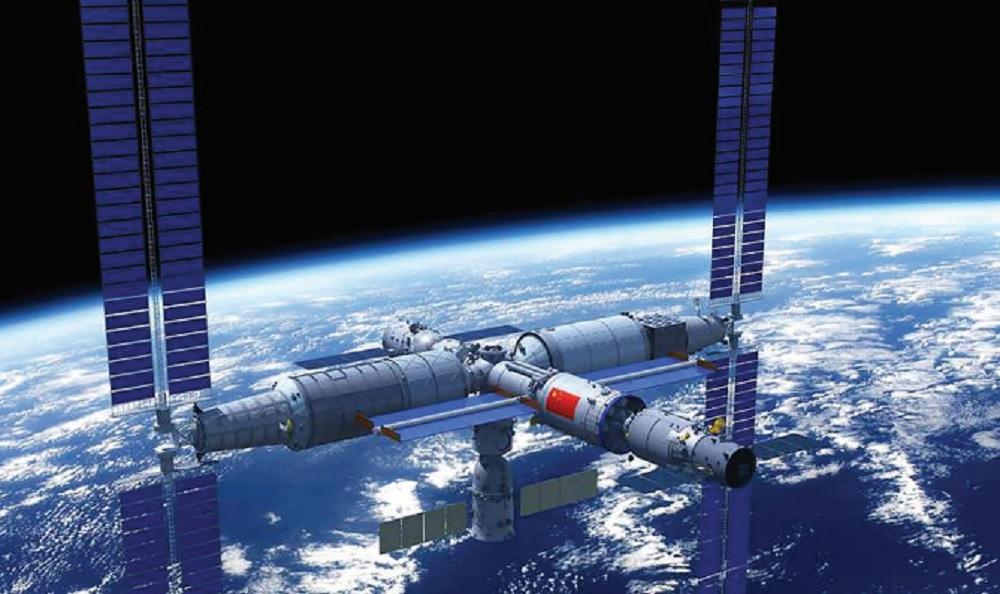
China opened its space industry to private firms in 2014. This decision sparked significant investment in aerospace technology. Chinese companies are now developing reusable rockets and other advanced space technologies.
The private space sector in China has grown rapidly, with numerous startups emerging. Reports indicate that Chinese private space companies raised over $900 million in funding in 2020 alone.
Public Reaction to Rocket Test Failure
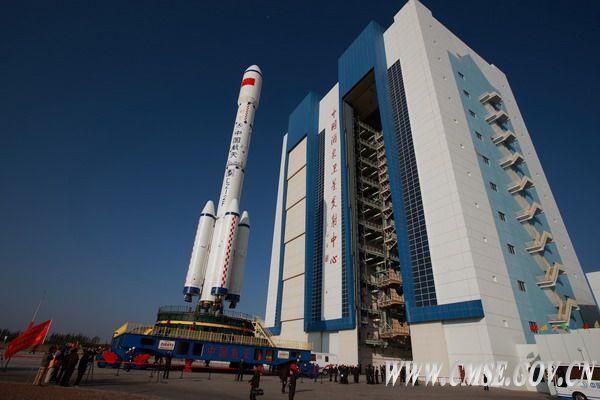
Chinese netizens compared the Tianlong-3 failure to SpaceX’s early challenges. Many expressed support for Tianbing despite the accident. Some commentators on Weibo considered the test a partial success.
The public reaction demonstrates growing interest in space exploration among Chinese citizens. A 2021 survey found that 80% of Chinese respondents viewed space exploration positively.
Xi Jinping’s Push for Technological Advancement
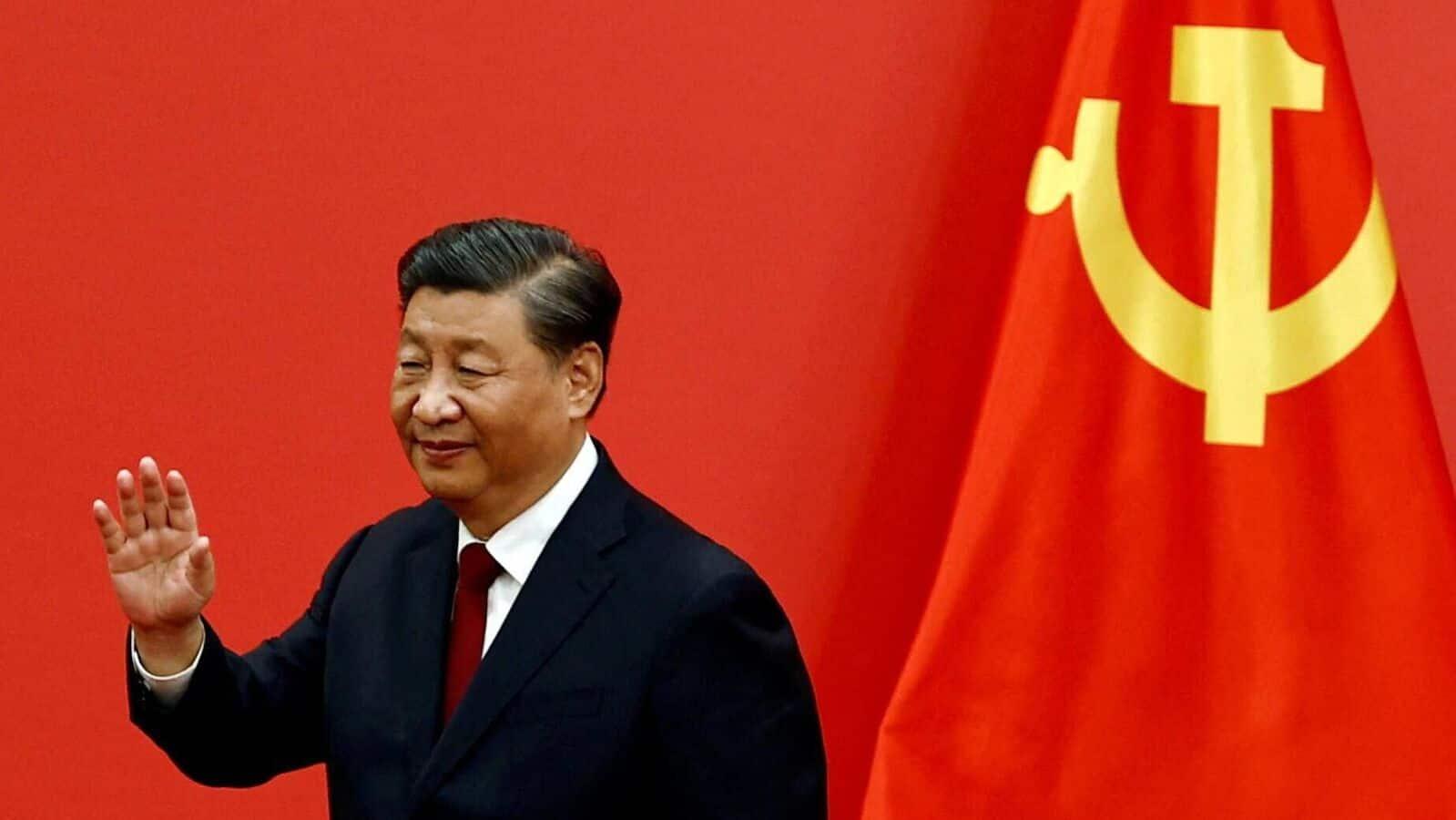
Chinese leader Xi Jinping recently emphasized the urgency of scientific innovation. He called for closer cooperation between the science sector and the state. Xi stressed the importance of competing with Western technological development.
This political directive aligns with China’s ambitions in the space industry. The Chinese government aims to become a major space power by 2030.
Comparison with SpaceX’s Development Journey
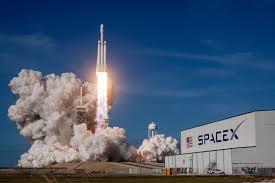
SpaceX also experienced failures during its early rocket tests. The company saw several explosions before achieving consistent success with Falcon 9. SpaceX’s perseverance eventually led to revolutionary achievements in rocketry.
This parallel offers perspective on the challenges of rocket development. Industry experts note that setbacks are common in the pursuit of space technology innovation.
Safety Concerns in Rocket Testing Procedures
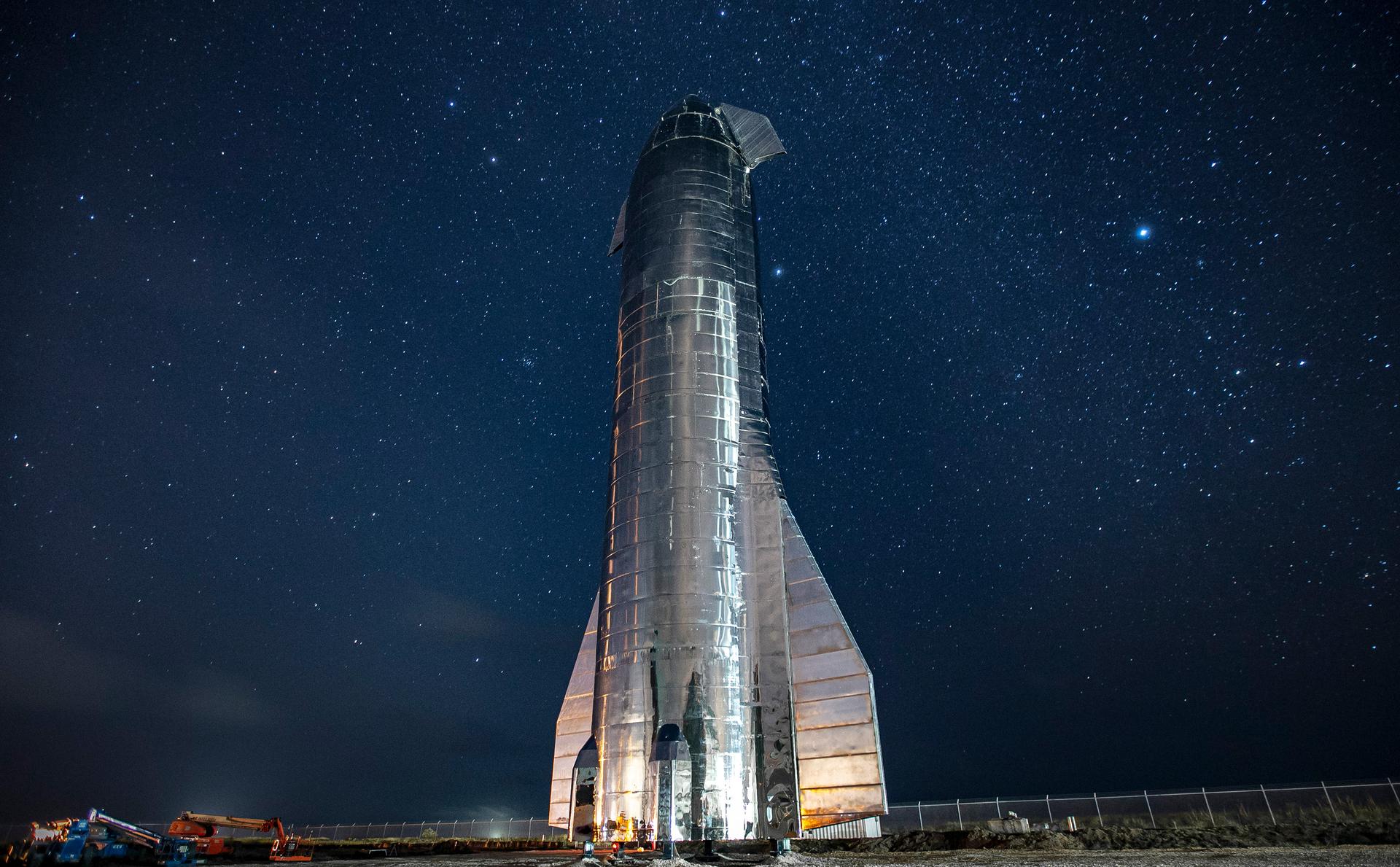
The accidental launch raises questions about safety protocols in rocket testing. Experts emphasize the need for robust fail-safe mechanisms during engine tests. The incident may lead to increased scrutiny of private space companies in China.
Safety statistics in the space industry show a global accident rate of about 6% for orbital launches. This event underscores the inherent risks in space technology development.

